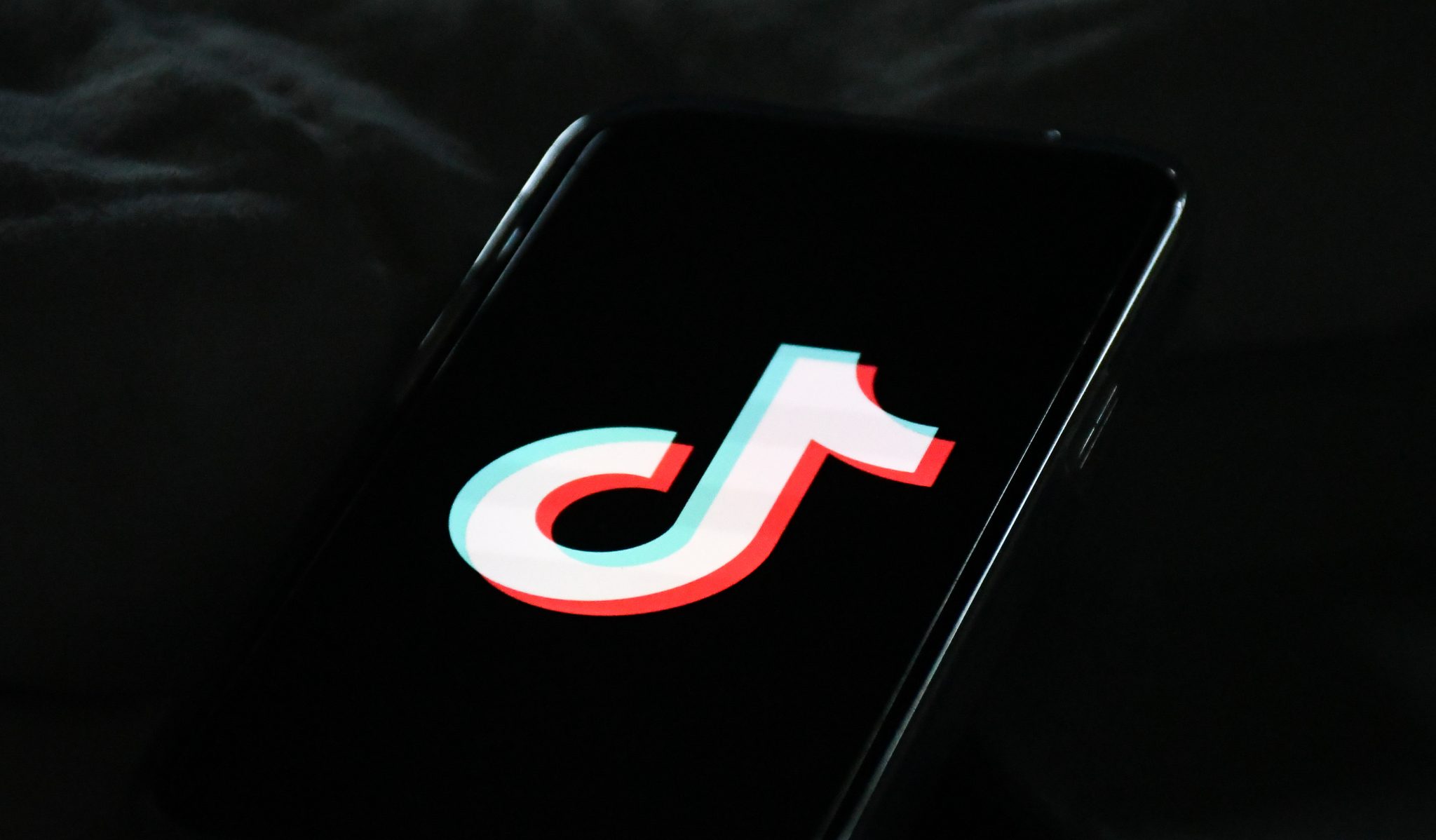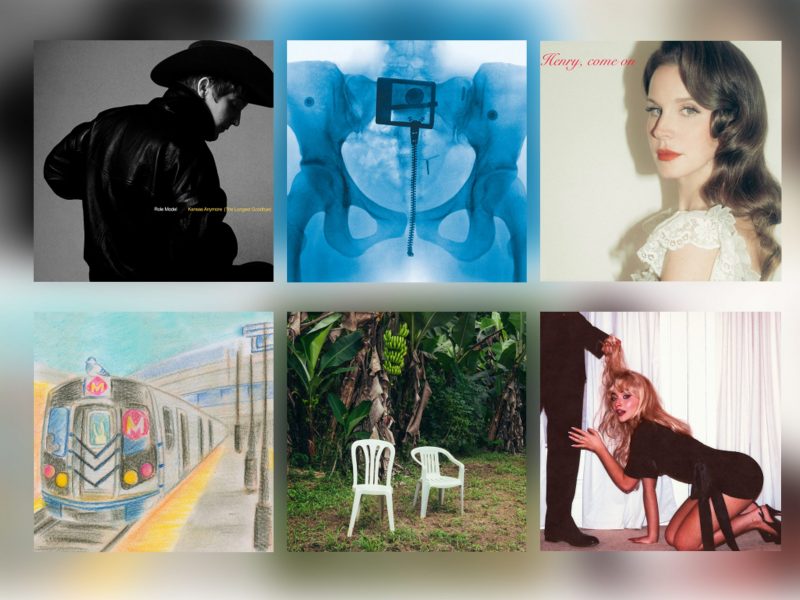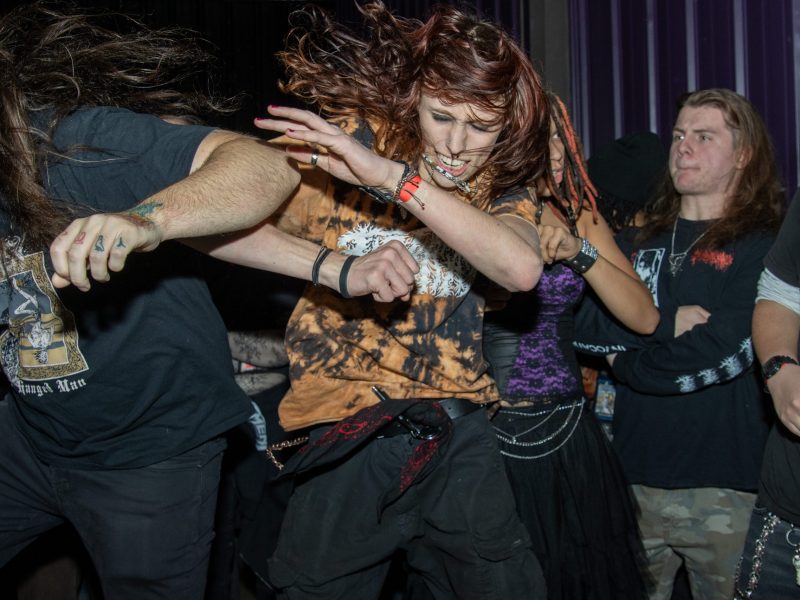From small businesses to brand name stores, microtrends are taking over the fashion scene — one overpriced sweatshirt at a time.
The term, which earned its name from its short-lived nature and describes trends that change frequently, evolved with social media. So much to the point that many fashion influencers use their platforms to promote and predict the next fashion trend.
As social media becomes bigger and bigger, small fashion brands also suddenly become fashion influencers themselves.
Parke, a brand popular for its stylish basics such as jeans and sweatshirts, has garnered attention thanks to its clever marketing tactics. Known for its high-end appeal, PARKE’s sweatshirts often retail for more than $120, establishing itself early on as luxurious.
Just about two weeks ago, Parke’s Valentine’s Day drop sold out in minutes and its creator posted an apology for the website’s overwhelming overload. But the question stays the same — do consumers truly value the exclusivity these brands offer, or is this just another example of trend-driven consumerism?
[‘SNL’ celebrates 50 years live from New York]
Parke’s rapid rise — growing from a small business to a $15 million company in less than a year — proves the power of social media and its ability to catapult someone like creator Chelsea Parke, from obscurity to influence. Through strategic marketing, such as posting TikToks showcasing how she styles her pieces for different outings, Parke perfectly transformed her brand.
Still, why are so many eager to snag a piece of apparel that has a random middle name on it? At least similar brands such as Kim Kardashian’s Skims or Mason Spector’s MadHappy have distinct identities beyond a bold printed last name.
Perhaps Parke’s seemingly overnight growth reflects society’s increasing desire for authenticity. With its high-end pieces and limited drops, the brand successfully creates a sense of exclusivity — leaving those who manage to get their hands on its products feeling superior to those who miss out. I experienced this first hand after snagging the Parke x Set Active mock neck during its original release, even as the website crashed.
[The Clarice’s ‘Cuckoo’ uses iconic rice cookers to tell South Korea’s story]
As consumers seek products that reflect their values, whether it’s uniqueness or status, small businesses that cater to these inclusive feelings are thriving. Consumers in today’s fast paced society are drawn to brands that curate a sense of belonging to a specific status, often parallel to a wealthy one.
Even retailers such as Target and Zara are mimicking the mock neck look to prove it’s not just brands, but entire styles, that cycle through microtrends.
As I reflect on Parke’s rise, I can’t help but notice the sudden surge of microtrends shamelessly taking over the fashion scene. Chocolate brown is everywhere — a color I once couldn’t imagine wearing, but somehow found its way into my wardrobe.
Is my changing opinion of microtrends is driven by my internal desires to fit into the fashion world, or did I genuinely started to appreciate these new looks?
With influencers and social media constantly shaping what’s “in,” one thing is clear: trends no longer follow the seasons, instead they move with the fast track of internet virality. Whether it’s the next must-have sweatshirt or the rise and fall of a new color, what’s in today could be easily out tomorrow.
As this cycle continues, we must ask — are we investing in timeless style, or just playing into a never-ending game of trend-chasing with the most expensive, exciting and fleeting era of fashion?



